But remember: overly mobile children can be overexcited from the excess of orange, so use it in dosage. You don't need to make an entire children's room orange, one wall or a closet - this is enough to create a positive attitude and add optimism.
You can add orange decorative elements to the interior. In this case, they can be easily replaced if you notice that the color is bored or causes too much energy in the child, and he quickly becomes tired.
The use of orange in the children's room is the latest trend in interior fashion. Psychologists welcome this fashion - after all, orange, in addition to the ability to cheer up and increase vitality, has a rare quality - it encourages creativity.
This color evokes pleasant associations: sun, tangerines on New Year's holiday, juicy oranges on a summer day ... Just as a child can develop diathesis from a large amount of oranges, a large amount of orange can be irritating, especially if it is a bright shade.
An orange children's room will delight only if a rich orange color is used as an accent color. Softer tones can be used on large surfaces - for example, walls can be painted with a light orange-peach or apricot shade. In this case, accent elements should be of other tones.
Most often, a juicy orange color in a children's room is used as an accent in the interior. The pieces of furniture painted in orange, red chairs, pillows, table lamps look good.
Accessories of such a bright tone are very demanding for placement, because they immediately catch the eye, so you need to distribute them in the interior very thoughtfully, observing the laws of harmony. Various color combinations can be used in the orange nursery. Orange and white and gray look best together.
Of the contrasting combinations, orange with blue-green shades looks most impressive. For example, orange-colored furniture looks great against the background of light blue or green walls.

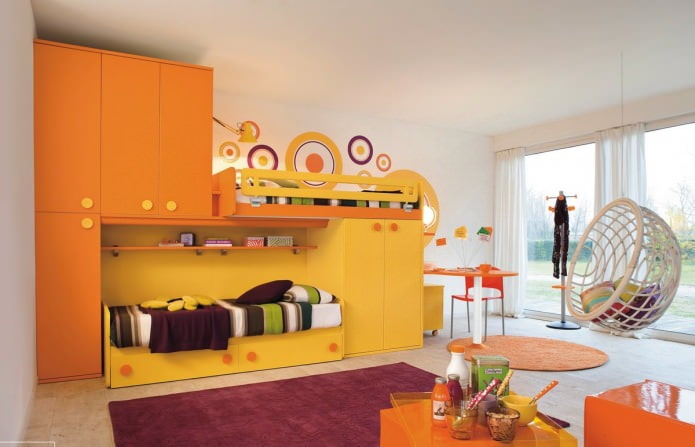
 10 practical tips for arranging a small kitchen in the country
10 practical tips for arranging a small kitchen in the country
 12 simple ideas for a small garden that will make it visually spacious
12 simple ideas for a small garden that will make it visually spacious
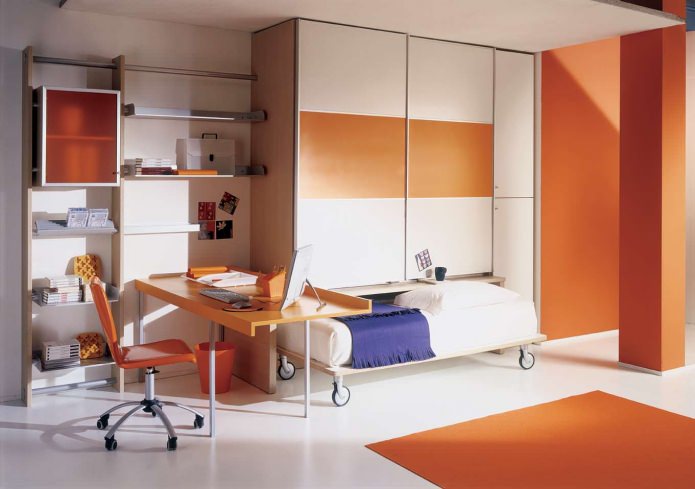
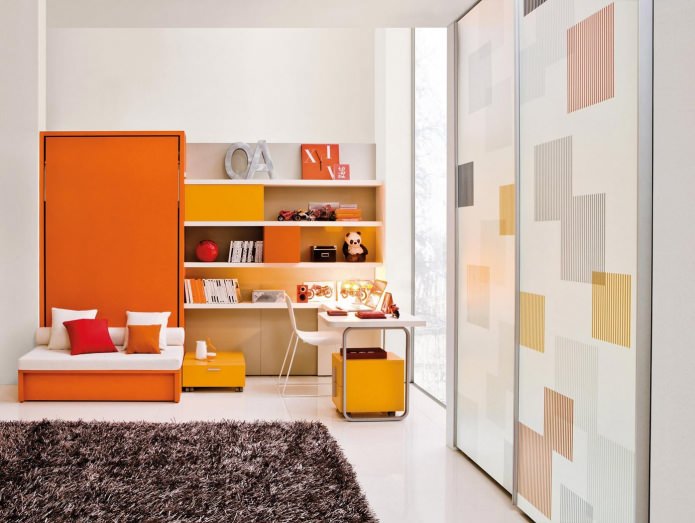
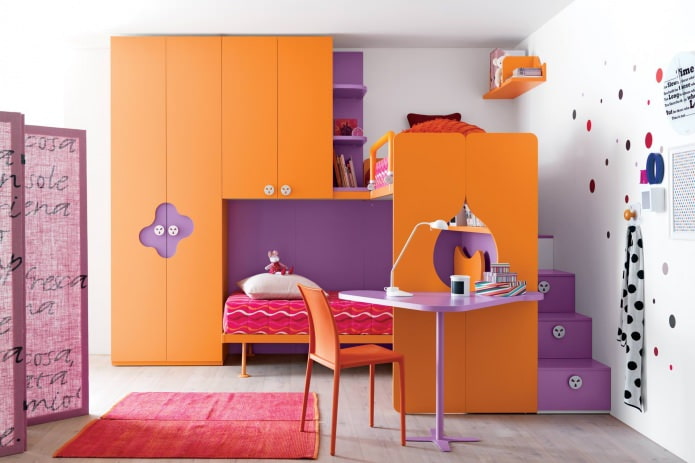

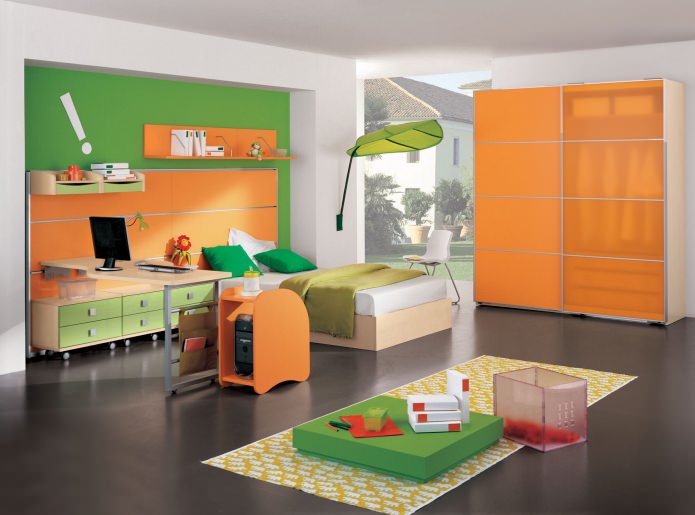

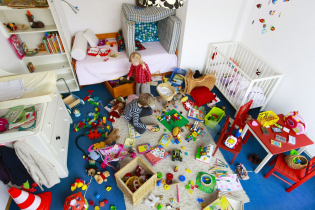 5 ways to turn your child's room clutter into a perfectionist's paradise
5 ways to turn your child's room clutter into a perfectionist's paradise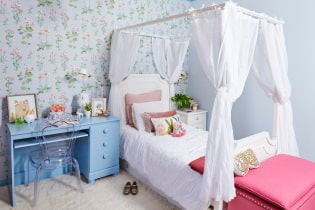 Design of a children's room for a girl
Design of a children's room for a girl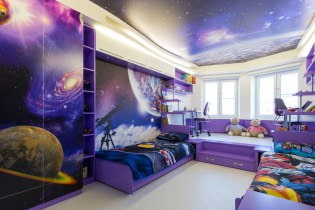 Stretch ceiling in the nursery: 60 best photos and ideas
Stretch ceiling in the nursery: 60 best photos and ideas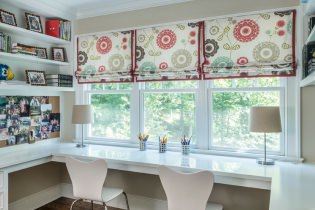 Curtains in the nursery: types, choice of color and style, 70 photos in the interior
Curtains in the nursery: types, choice of color and style, 70 photos in the interior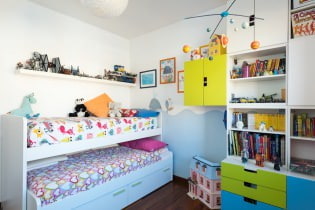 Interior of a small nursery: the choice of color, style, decoration and furniture (70 photos)
Interior of a small nursery: the choice of color, style, decoration and furniture (70 photos) Choosing wallpaper for a children's room: 77 modern photos and ideas
Choosing wallpaper for a children's room: 77 modern photos and ideas